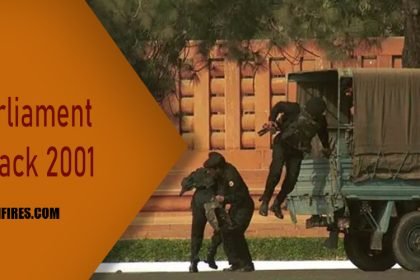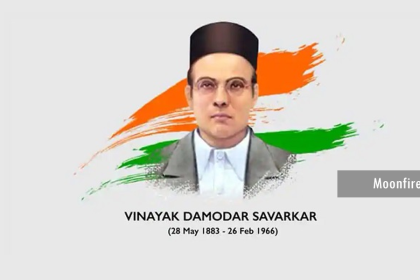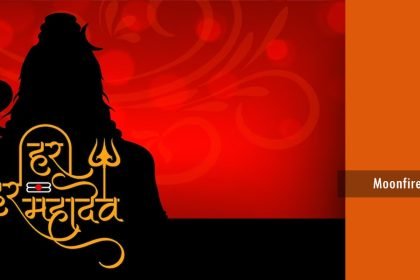The Babri Masjid, located in Ayodhya, Uttar Pradesh, India, has been at the center of religious and political debates for over five centuries. This historic mosque has witnessed a complex and tumultuous history that spans various rulers, communities, and legal battles. The following article aims to provide a comprehensive overview of the 500-year history of the Babri Masjid.
Mughal Era (1528-1857): The story of the Babri Masjid begins in 1528 when the Mughal emperor Babur constructed the mosque in Ayodhya. According to historical records, the mosque was built by Mir Baqi, one of Babur’s generals. It was named Babri Masjid in honor of the emperor. The mosque became a symbol of religious and cultural exchange during the Mughal period.
Colonial Period (1858-1947): During the British colonial era, tensions began to emerge between the Hindu and Muslim communities over the ownership of religious sites. In the late 19th and early 20th centuries, the Babri Masjid became a focal point of communal discord. Several incidents of violence occurred around the mosque, foreshadowing the religious conflicts that would later unfold.
Post-Independence Period (1947-1992): After India gained independence in 1947, the country witnessed significant religious and political changes. The issue of the Babri Masjid gained prominence in the late 20th century as Hindu nationalist movements intensified their demands for the construction of a Ram temple at the site. The dispute reached its peak on December 6, 1992, when a mob of Hindu activists demolished the mosque, leading to widespread communal riots.
A campaign was launched in 1984 to remove the mosque and build a Hindu temple in its place. The movement gained momentum in the following years, leading to riots in 1990 and the collapse of India’s ruling coalition. This momentum helped sweep the Bharatiya Janata Party to power in several states, including in Uttar Pradesh, and on December 6, 1992, security forces stood by as activists destroyed the mosque.
A series of court battles played out in the following decades. The land was divided between Hindus and Muslims in 2010 by the decision of a high court. That decision was appealed by both Hindu and Muslim litigants, and in 2019 the Supreme Court entrusted the site exclusively to Hindus.
Legal Battles and Ayodhya Verdict (1992-2019):
Fact of the case – The first recorded legal history of Ram Janmabhoomi dispute was in 1885 when Mahant Raghubar Das has filed a suit before the court. The relief his Sought was permission to build a temple Ram chabutra situated outside the courtyard.
He could not succeed because he had failed to present evidence of title to establish ownership of the Chabutra. in 1934, there was another conflagration between two communities. The mosque was damaged during the incident but it was subsequently repaired by at the cost of the colonial government. In 1949 a dispute arises when Idol of Lord Ram placed in the mosque. Due to law-and-order problem the magistrate lockdown the area for both the communities.
The public were only allowed Darshan from beyond the grill brick wall. in 1950, 1959 a suit was instituted before civil judge at Faizabad claiming absolute right to manage worship place. in 1961 Muslim resident and Sunni waqf board have filed a suit seeking declaration that the entire disputed site of the Babri Masjid was a public Mosque and for the delivery of possession upon removal of the idols. In 1986 a suit was instituted for allowing Darshan within the inner courtyard.
The court allowed to provide access to devotees for Darshan inside the structure. In 1989 another suit was filed by the deity Lord Ram through a next friend for a declaration of title to the disputed site and to restrain the defendants from interfering with or raising any objection to the construction of temple. The suits were transferred to the high court of judicature. Allahabad where a three judges’ bench was constituted for the trial of the suites. An interim order was passed by High Court to maintain status quo with respect to the property in dispute.
Other suits were dismissed as Being barred by limitation. The aggrieved parties preferred appeal against the judgement of High Court. The Supreme Court in 2011 admitted the appeal and stayed the operation of judgement. The parties were directed to maintain status-quo with respect to the disputed premises.
The court on 2011, 2013, 2014, 2015 and 2017 issued directions for summoning the digital records of the evidence and pleadings from the Allahabad High Court and for Furnishing translated copies to the parties, after disposing Ismail Farooqui case the court has constituted five judges’ bench to hear the appeals in the meantime. Court constituted a panel of mediator to mediate the dispute within stipulated period of time. The panel could not settle the dispute amicably. Ultimately the supreme court held final hearing on the case from 6 August 2019 to 16 October 2019.
The Decision of the court
The five judges’ bench of the supreme court unanimously pronounced its verdict on 9 November 2019. The court ordered the land to be handed over to a trust to be constituted by government of India to build the Ram Mandir. It also ordered the government to allocate five acres of land to the Uttar Pradesh Sunni Central waqf Board for the construction of mosque at a suitable place within Ayodhya. The court held that Muslim parties failed to establish exclusive possession of disputed land.
At the same time Hindu parties furnished better evidence to prove that Hindu had worshipped continuously inside the mosque, believing it to be the birth place of the Hindu deity Rama. The court rejected the claim made by Shia waqf board against the Uttar Pradesh Sunni Central waqf Board for the ownership of the Babri Masjid. On 12 December 2019 the supreme court dismissed all the 18 petitions setting a review of the verdict.
Current Status (2020-2023): In the aftermath of the Supreme Court verdict, efforts have been made to promote communal harmony and peace in Ayodhya. The construction of the Ram temple is underway, and steps are being taken to ensure the development of the region. However, the legacy of the Babri Masjid and the events surrounding its demolition continue to influence socio-political dynamics in India.
The latest pictures of Ayodhya’s under-construction Ram Mandir have taken the internet by storm as just a glimpse of the temple looks grandiose even in its making. The pictures were shared by General Secretary of Shri Ram Janmabhoomi Teerth Kshetra on Twitter. While the temple work is slated for completion in 2024, the photos have gone viral on the internet. Shri Ram Janmabhoomi Teerth Kshetra’s treasurer, Swami Govind Dev Giri Maharaj, has said that the murti of Lord Ram Lalla will be installed in the temple in January next year. He also revealed that the construction of the Ram Temple in Ayodhya is progressing at a rapid pace and is already 70 percent complete.
The Significance of the Ayodhya Ram Temple
The Babri Masjid’s 500-year history is marked by religious, cultural, and political complexities. From its Mughal origins to the controversial events of 1992 and the subsequent legal battles, the mosque remains a symbol of India’s diverse and often contentious history. The Supreme Court’s verdict in 2019 sought to bring closure to the long-standing dispute, but the impact of the Babri Masjid on India’s societal fabric continues to be felt, making it a crucial chapter in the nation’s narrative.



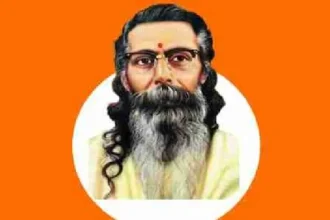
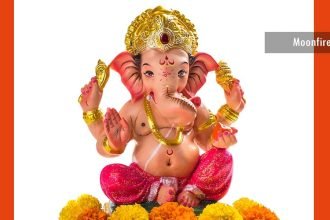

 If you want to use your preferred UPI app, our UPI ID is raj0nly@UPI (you can also scan the QR Code below to make a payment to this ID.
If you want to use your preferred UPI app, our UPI ID is raj0nly@UPI (you can also scan the QR Code below to make a payment to this ID.